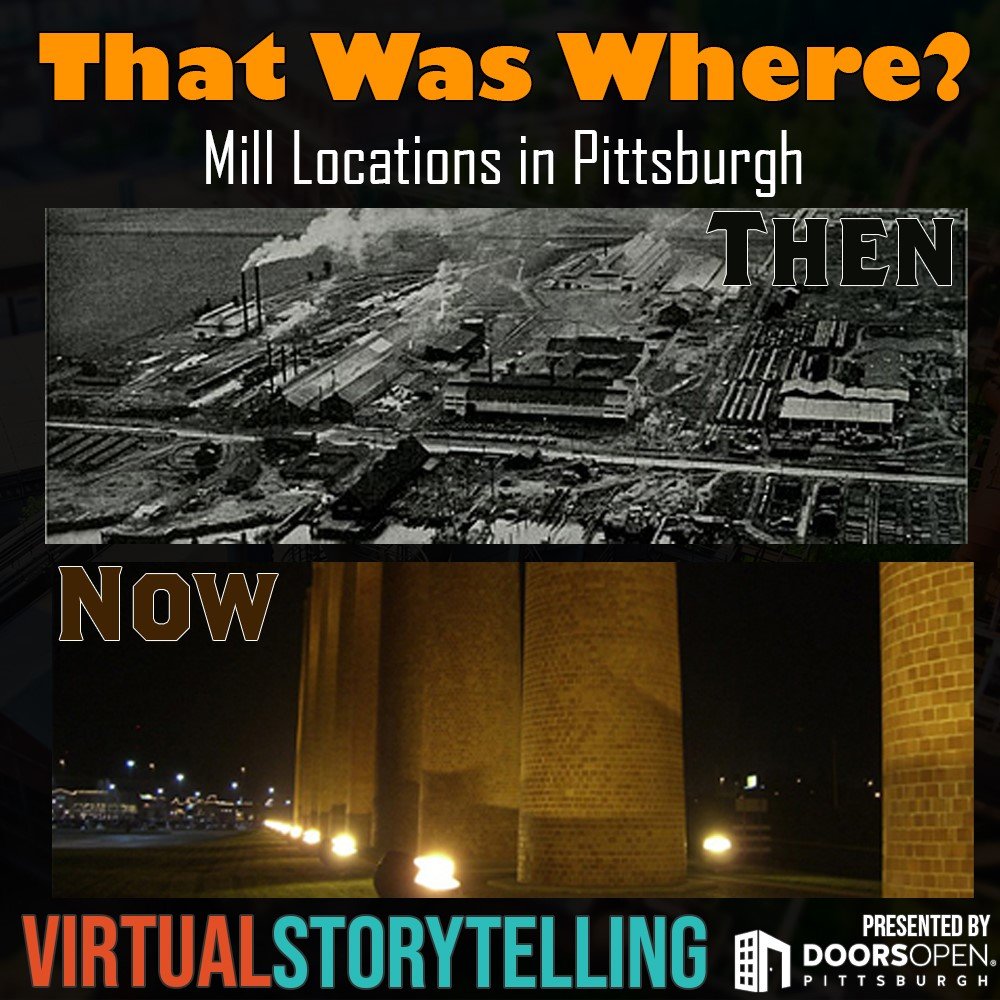That Was Where? Mill Locations in Pittsburgh
Western Pennsylvania has long been viewed as the home of the steel industry but what happens when the landscape changes and mills close or move away?
Long before the dominance of Big Steel, the Pittsburgh Industrial District’s landscape was populated with a multitude of small iron and steel mills. For more than 150 years, iron and steel forged the landscape along the Three Rivers. Here, the works of smaller specialty mills joined forces with “Big Steel” to build the nation’s railroads, skyscrapers, bridges and homes–to serve in war and in peace.
This virtual storytelling episode focuses on the once intense concentration of mills in the region, and how the landscape has changed over the last half century as the mills closed or moved away. We will take a look at where mills were located along the Three Rivers, and what is there now.
When you register on Patreon through the button below, you gain access to all of our Virtual Storytelling On-Demand recordings for $10 per month. Cancel at any time.
This story was recorded on January 24, 2022.
Your Storyteller
Ron Baraff is a Pittsburgh native who has been in his current position as the Director of Historic Resources and Facilities for the Rivers of Steel National Heritage Area, in Homestead, Pennsylvania since 1998.
He supervises the Rivers of Steel National Heritage Area Archives and Museum, Interpretive and Tourism Programming, and Historic Sites– including the Carrie Furnaces National Historic Landmark site in Rankin/Swissvale, the Battle of Homestead site and Pump House in Munhall, the National Historic Landmark W.A. Young and Sons Machine Shop and Foundry in Rices Landing, Pennsylvania.
In addition to his duties with the Rivers of Steel National Heritage Area, Mr. Baraff has worked on a variety of public history projects including many national and international documentaries.

